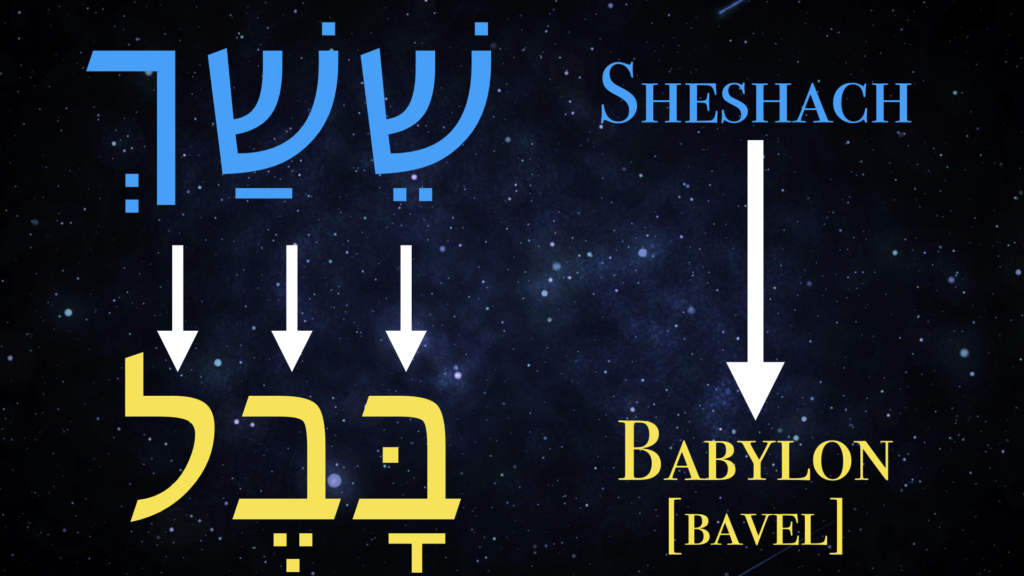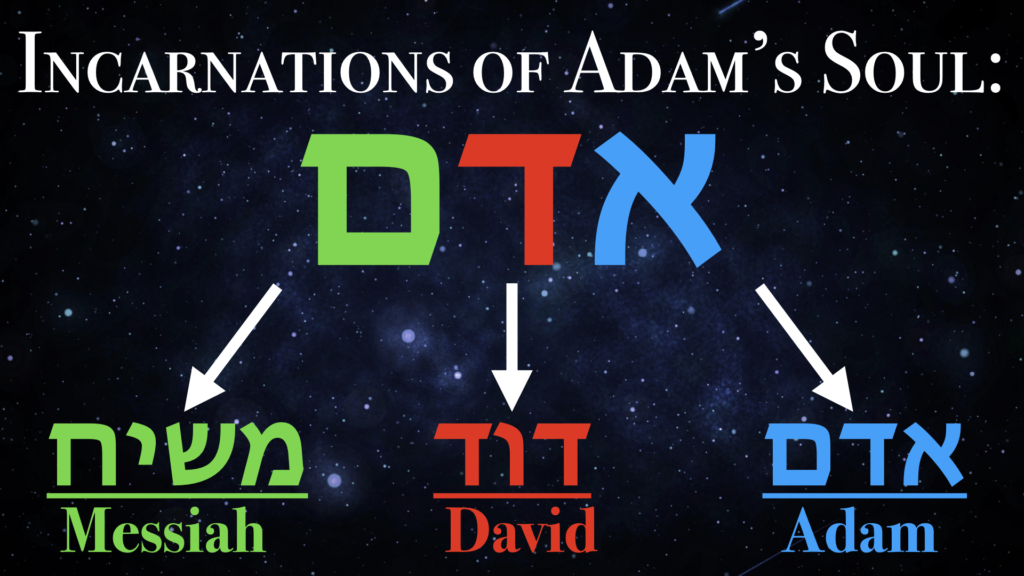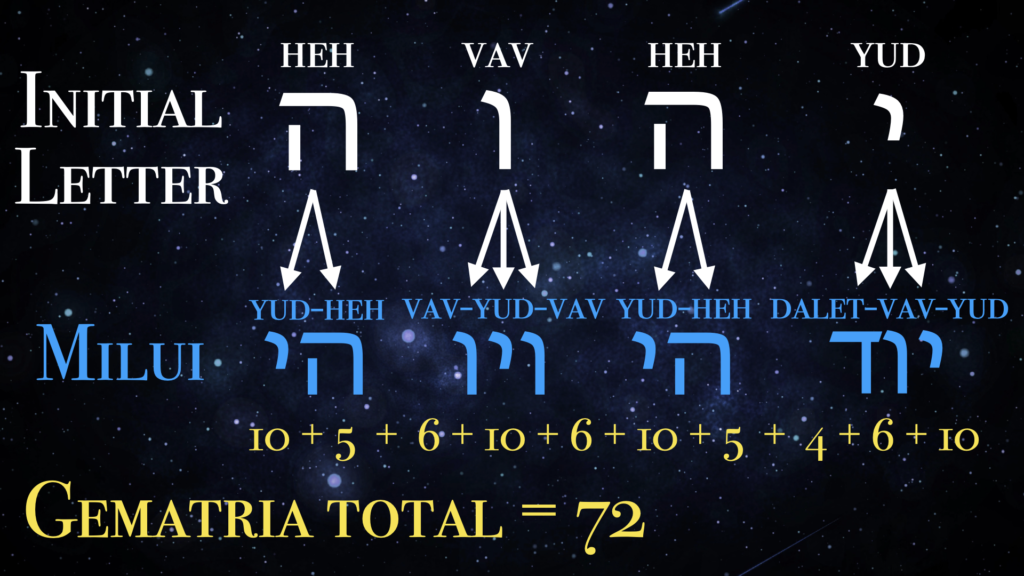Hebrew letter magic, called gematria, is a tool used by Jewish mystics to uncover hidden meanings. Kabbalists use gematria to interpret sacred writings and to understand the Hebrew language itself. Often involving mathematical permutations, Hebrew letter magic can be viewed as a form of Jewish numerology or divination. Though its uses are by no means limited to Kabbalah, gematria offers a fascinating lens through which to glimpse the interconnectedness of the physical world and the Divine.
Here are four distinct types of gematria, each offering unique interpretive pathways to uncover what lies beneath the surface:
1. Standard Gematria
Standard gematria forms the cornerstone of Hebrew letter magic, operating on the principle that each Hebrew letter corresponds to a specific numerical value. Using English letters, this would look like A = 1, B = 2, C = 3, etc. In Hebrew, the first letter aleph = 1, the second letter bet = 2, the third letter gimel = 3, etc.
By adding up the numerical values of words and phrases, practitioners seek underlying wisdom. If two words have the same numerical value they are believed to share an important link.

In this example of gematria, the word eḥad [one] and the word ahavah [love] are shown to both equal the number 13. There is a connection between love and oneness. Also, the four letter ineffable name of God, YHWH, equals 26 (13 +13): oneness and love put together.
2. Atbash
Atbash is a cipher technique that involves substituting each letter of the Hebrew alphabet with its counterpart from the opposite end of the alphabet. For example, the first letter aleph is substituted with the last letter tav and the second letter bet is substituted with the second to last letter shin. Putting together the four letters aleph, tav, bet, shin spells “Atbash” in Hebrew, which is how the name for this method is derived.
With English letters, the atbash technique would involve trading A for Z, B for Y, C for X, etc. to encode or decode meaning.
Atbash is one of the older methods of Hebrew letter magic, arguably appearing in the biblical book of Jeremiah as a way of concealing a negative statement about a Babylonian king.
…And last of all, the king of Sheshach shall drink.
Jeremiah 25:26
In this example of atbash, the word shesach [the name of a fictitious ancient kingdom] transforms into the word bavel [Babylon] by substituting Hebrew letters for their opposites in the alphabet. The prophet Jeremiah (or his scribe) may have hidden this reference to the king of Babylon to avoid retribution.

3. Notarikon
Notarikon involves forming new words or phrases by taking the initials or final letters of a series of words. Acronyms which are formed can then be interpreted. This is a similar process to creating acronyms in English, but with specific spiritual intent.
Notarikon can yield deeper insights into many phenomena, including people. The soul of Adam, for example, is sometimes understood to have three incarnations — deducible from the three letters of his name: aleph, dalet, and mem.

In this example of notarikon, the name of Adam is seen as an acronym for his soul’s journey. The aleph in his name stands for “Adam,” the dalet stands for “[King] David,” the mem stands for his last incarnation of “messiah,” [moshiaḥ]. It is believed by some that the original human soul of Adam will eventually reincarnate as the soul of the Messiah.
4. Milui
Milui, or “filling out,” is a method of Hebrew letter magic that involves spelling out the letters of a word in full to reveal hidden layers. With English letters this would be akin to taking the word “my” and spelling out the letters to be: em-wye.
Milui is often combined with gematria as part of the interpretive process.
In this example of milui, the four letter ineffable name of God is shown to hide within itself the mystical 72 letter Divine name. By “filling out” the four letters and then adding up their numerical values using gematria, the number 72 is derived.

Interpretive Tools for Kabbalah
Journeying through the rich tapestry of Hebrew letter magic, we encounter a diverse array of techniques. Each offers its own unique insights. Each forms an important part of the kabbalist’s tool kit.
These methods are often combined with one another or with the many other tools at the interpreter’s disposal. From standard gematria to atbash, notarikon, and milui, each approach invites us to explore the interconnectedness of language, symbolism, and the Divine. The purpose is to reveal what is hidden.
Many in the world of Kabbalah, especially in past eras, viewed this approach as a science dealing directly with facts. My view is that gematria is more of an art. It adds beauty and richness to our world but, ultimately, the truth we find in it lies largely in the expertise of the artist and the eye of the beholder.
As we continue our explorations towards deeper wisdom and meaning, may we be inspired by the light hidden in the Hebrew alphabet. May we gain understanding of its mysteries and walk humbly with love, authenticity, and kindness.